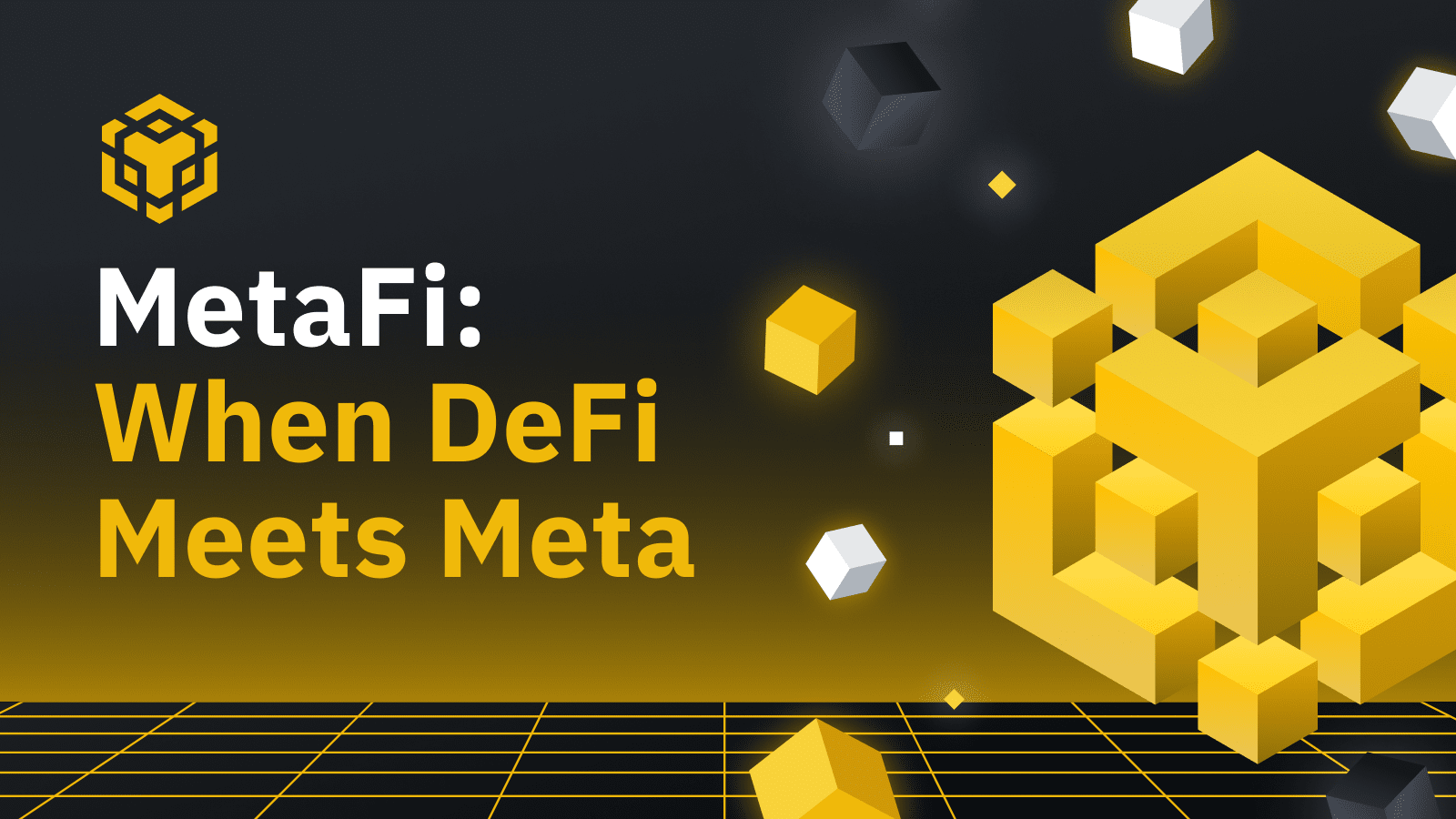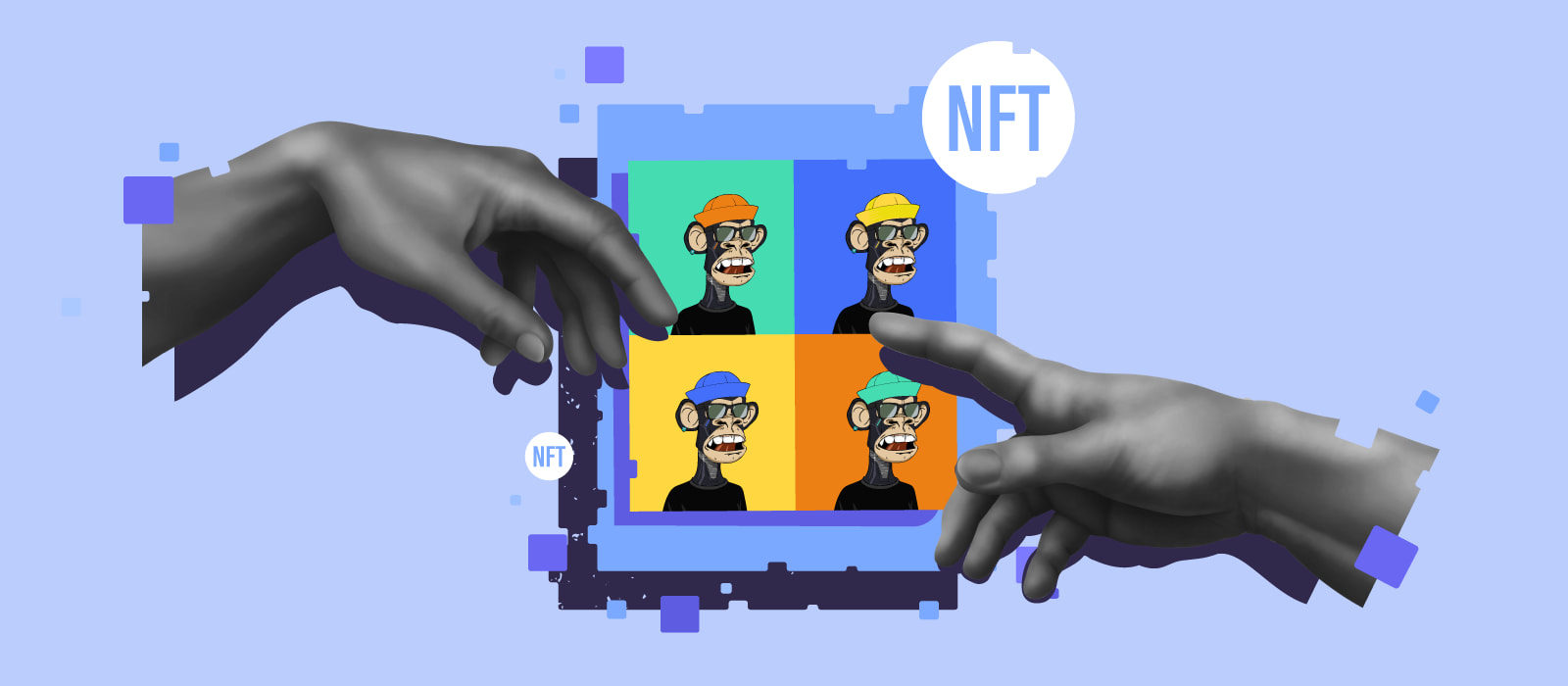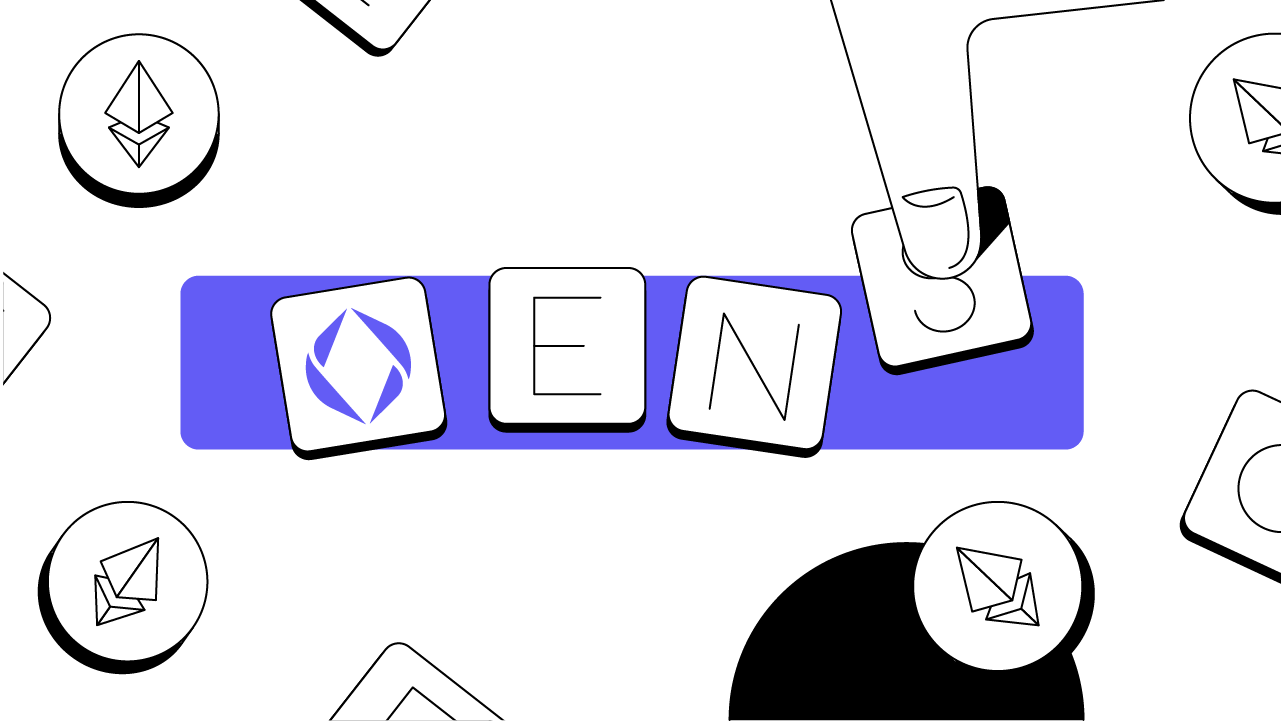What is MetaFi? MetaFi is a combination of metadata (Metadata) and Fi in decentralized finance (DeFi) that will be the infrastructure for many trends such as SocialFi, Metaverse or GameFi. So why does Binance focus so much on MetaFi? Let’s find out together in the article below.
To better understand MetaFi, people can refer to some of the articles below:
- What is SocialFi? TOP 5 Most Outstanding SocialFi Projects Currently
- What is DeFi? All About DeFi
- What is the Metaverse? Is the Metaverse Really Evolving or Just a Hoax?
MetaFi Overview
What is MetaFi?
MetaFi is a term combining “Meta” (metadata) and “Fi” (abbreviated from DeFi – decentralized finance). DeFi is a popular concept with everyone, but metadata is a different story. Metadata is descriptive information about data. It provides details about the properties, characteristics, and context of the data. Metadata helps to better understand data and make it easier to search, organize and manage data.
Metadata information often includes:
- Descriptive metadata: Include title, author, creation date, language, origin, and a short description of the data.
- Technical metadata: Includes file format, size, resolution, last modified date, encoding, and other specifications.
- Content metadata: Includes keywords, topics, categories, scope, and other content attributes to categorize and search data.
- Privacy metadata: Includes privacy rights, access restrictions, owners, and groups of people authorized to access the data.
Using metadata helps users find, identify, and use data more effectively. It also helps organize data, ensure integrity, and control data access. Metadata is not only used in the field of information technology but also in other industries such as librarianship, data science, imaging, audio and video.

Going back to MetaFi, it is a new concept to standardize Blockchain technology to help large-scale Web2 applications such as games, social networks and Metaverse be easily migrated to Web3. MetaFi’s goal is to create a unified standard to improve interoperability between different platforms. MetaFi provides advanced decentralized finance (DeFi) infrastructure for areas such as Metaverse, GameFi, SocialFi, Web3 or NFT and puts them under one umbrella called MetaFi.
MetaFi aims to implement multiple blockchain functions within a single Meta ecosystem, making platforms and blockchains interoperable through defined metadata standards. MetaFi can include both regular tokens and NFTs, combined with community governance such as a decentralized autonomous organization (DAO). MetaFi’s goal is to build a new ecosystem based on metadata standards, develop Web3 and blockchain technology, and create new use cases for users and players.
Mechanism of operation of MetaFi
MetaFi leverages the metadata of assets across Blockchains to improve interoperability. For example, an NFT’s metadata may include a link to the corresponding image. MetaFi also builds metadata standards that can be applied across many different blockchains, making it easy to read and classify assets. For example, an NFT exchange can understand and organize NFTs from different Blockchains if these Blockchains adhere to the same metadata approach.
By using MetaFi, it is hoped to create an interoperable and cross-platform Blockchain ecosystem that serves users globally. MetaFi serves as a standard for various metadata and technologies out there, including a metadata standard for NFTs and games.
Some Applications of MetaFi
Metaverse
A virtual world is a digital space created for social, work, commercial or entertainment purposes, which may or may not resemble the real world. In the virtual world, people can engage in gaming, building, and socializing activities with their friends and colleagues.
In some cases, virtual plots of land are represented as non-fungible decentralized assets (NFTs), which can be bought, sold, and used to build and create in virtual worlds.

Virtual worlds provide a flexible space to unleash creativity, interact and connect with the community. Some businesses have realized the potential of the virtual world and launched services such as virtual shopping, where users can experience shopping and access products in an interactive environment.
Virtual worlds offer new and exciting opportunities for people, from exploring creative virtual environments to participating in real-world activities with unique virtual features. Diverse virtual world implementations, including wearable NFTs, consumables, and more, aim to bring a sense of freshness and appeal to the digital space.
Marketplaces

NFT Marketplaces are decentralized digital platforms that provide opportunities for buyers and sellers to discover, trade, and own NFTs. These are online spaces suitable for people to buy and sell diverse NFTs such as virtual costumes, in-game items, NFT art or real estate.
Truly, we are just at the beginning of the NFT era, and we have much more potential to explore their applications.
NFT Yield Farming
Generating yield from NFTs involves using NFTs as collateral to borrow money, then reinvesting the loan amount at a higher interest rate. Some NFTs have a feature that allows the owner to stake the NFT to earn income or rent it out to others who want to use the NFT, for example renting expensive or valuable NFT in-game items to players not enough financial capacity. In this process, the owner receives a portion of the profits from lending or a fixed payment when leasing the NFT to others.
Through leveraging the profitability of NFTs, users can generate passive income and increase the value of their assets in the cryptocurrency market. This opens up new opportunities in leveraging the potential of NFTs and exploiting the benefits of owning and establishing ownership on the Blockchain network.
The Future of MetaFi
The future of MetaFi is still unclear, but some use cases are starting to emerge. In MetaFi, an important role will be played jointly by the decentralized identity management system and the reputation management system. They will provide users with the convenience of accessing and managing their digital identities and assets. However, these technologies are currently in a new stage so they need time to develop.

Domain name services are tools that can help solve the current problem of long and complex addresses. Instead of having to type a lengthy BEP-20 address, the naming service simplifies token sending by using a short address name, such as JPakaHakResearch.bnb.
For MetaFi to be truly “meta”, BNB Chain needs to develop standards for many different blockchains, from layer 0 to layer 1 networks. Currently, these blockchains are not fully interoperable with each other. face.
All of the above cannot happen without stable and interoperable projects being developed, supporting multi-chain functionality and bridging between assets and data with large exchange volumes.
Summary
MetaFi is still a trend that will be difficult to take off because it is difficult to require Blockchains to comply with the same framework. Hopefully through this article everyone can understand more about what MetaFi is?


